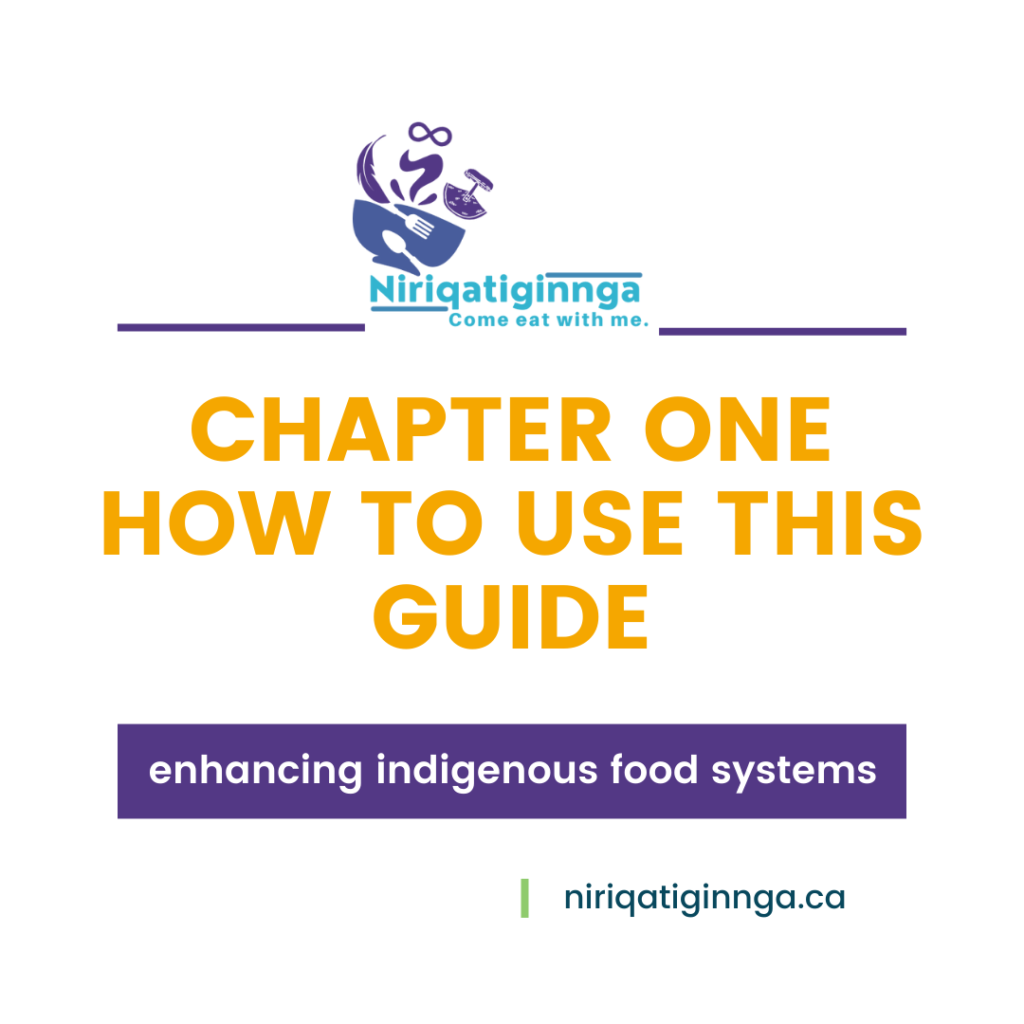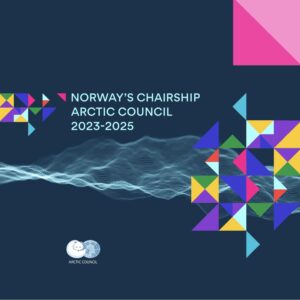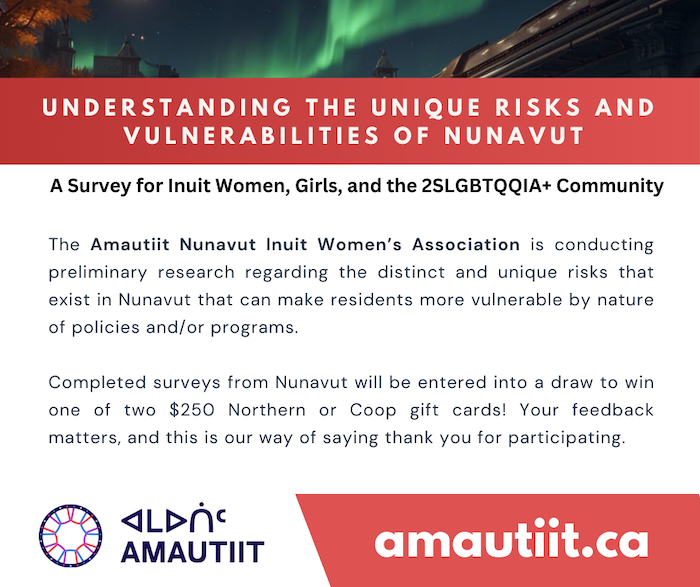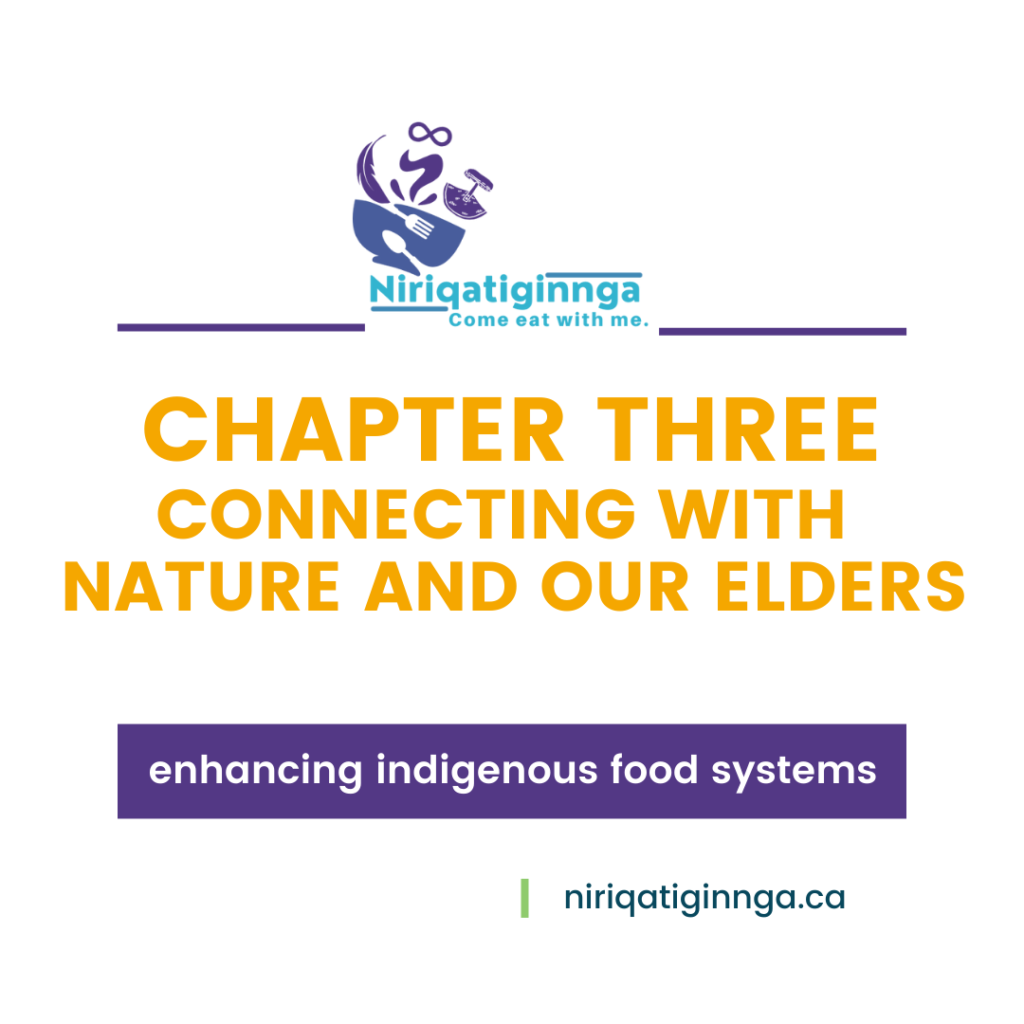Greenhouses in the Arctic: Nunavut Inuk youth artist Tony Eetak captured this photo of greenhouses at sunset in Arviat, Nunavut.
WHY SHOULD WE FOCUS ON FOOD SOVEREIGNTY?
This workshop is designed to highlight and advocate for sovereign foods.
Sovereign Foods
Sovereign foods are defined as the products of local agriculture, hunting, and farming which as traditionally sustained a population. In North America, one may find examples of native sovereign foods as such as caribou, potatoes, corn, and peanuts. Sovereign foods are not processed are essential parts of a healthy diet.
Colonized Foods
Colonized foods are not native to a feelings of nostalgia. region, but which the local population has been forced to consume due to outside pressres from colonists. First Nations people typically experience colonized foods in the form of processed meats, dairy, and foods with high sugar content. Colonized foods are either provided as a replacement for sovereign foods or subsidized by the government in attempts of making food more affordable.
Desired Emotions upon Entering
This workshop is designed to elicit curiosity amongst participants. We are aiming for a feeling that important work is being done here by our own groups, rather than by others, haphazardly on behalf of us.
When People Enter the Workshop Space
Welcome people with a traditional greeting. Be friendly and kind. Invite participants to share their stories of hunting, foraging, or when they’ve feasted on delicious sovereign foods with friends or family. Encourage Colonized foods are not native to a feelings of nostalgia.
I made a poster, and then formatted it for a social media and story post. The colors chosen are colors that represent the Inuit people, Blue and Gold.
Who do you send this to?
This is meant to be distributed to by anyone who wants to share this event to people in their circle. Ideally connections we have with people who have come from the north and moved into the cities who are aware of this event already.
This would hopefully reach the target audience being the Inuit, First Nations, and Metis populations living in cities like Winnipeg, if the message is coming from one of these types of people. Ideally it is distributed 7 to 8 months in advance through any of these forms. Something small to get them prepared.
As it gets closer, around a month before, start making weekly posts to help spread the word about the upcoming event.
Where do you hang flyers and posters?
This could be distributed at any places these people gather regularly in Winnipeg, and have a space to communicate with each other, on telephone poles, neighborhoods they may have a larger population in, and social media if that is something they are interested in.
Guidelines
I would say the only guideline is to include a time, place, and a separate version in their language(s). Keeping the words to a minimum, and possibly adding black and white photos instead of the white background would make it more appealing to certain audiences. Posting videos, along with the images i’ve made, on instagram, or facebook, could be useful as well a subheading.
Be intentional on how you invite future participants to your workshop. Feature the emotional journey or personal transformation participants will experience by signing up for your workshop. This will build excitement and intrigue.
Photo: Jamie Bell
2 for 1: design a poster & use it on social media
Who should distribute this invitation?
An emphasis should be placed on word of mouth (advertising) particularly among artists, curators and facilitators.
Everyone featured in the workshop should be encouraged to share the invitation onto social media. Printing and posting flyers that are extremely warm and inviting with a small sampling of the event to come is also helpful.
Who receives this invitation (your target audience)?
Students, adults, families, significant others. This is an education event mixed with cold truths of today’s quality of living for many Inuit, First Nations, and Metis people. Children below 12 years of age are discouraged from coming as they may not understand the nuances conveyed through the exhibit
Photo: Tony Eetak
When welcoming people into your workshop space, be friendly, open, but never “pushy”. Greet people warmly and familiarly. This is important work we are doing for our own people. No one here is better than anyone else, we are all equals working together for common goals.
Desired Emotions for Participants
We intend to elicit the following emotions throughout this workshop:
- Nostalgia of the past
- Outrage for the present
- Hope for the future
In this workshop, participants will be welcomed with traditional Inuit music.
They will notice 3 tables around the room decorated uniquely to match the emotional journey they will take as they collectively move from one table to the next.
These tables are labeled: How things were, How things are, and How things could be.
Designing for customer engagement is the primary purpose for why your workshop is occurring.
Photo: Jamie Bell
Whether this is learning how to cook a new recipe, can fruit, or learn from Elders. When you create your invitations for participation, you will be highlighting this key activity. It’s not enough to just share your knowledge, skills, or products with your customers- no matter how incredible they may be.
Being intentional in HOW you share WITH your customers makes the difference between a one-time purchase and a life-time of purchasing. Customers want to feel a part of your community.
To accomplish this, start by thinking about the emotion you want your customers to feel throughout their time with you. Invite your participants on an emotional journey (a story) from curiosity to excitement to a sense of accomplishment -whichever emotions align with your workshop theme, as they engage in your primary activity.
For example, if your primary activity is making soup and you want to elicit curiosity, inform your customers you will share your “secret” ingredient with them half-way through the cooking process. Customers’ excitement will grow as they eagerly await the reveal of your “secret.” Once they know and add your “secret” ingredient to their own soup, they become a part of your community.
Once you identify these emotions, design activities that will help elicit these emotions. Each chapter will feature a different question you can use to guide the design of your engagement.
How might you conclude your workshop in a way that provides meaning and leaves participants with resolution or wanting more?
Craft a conclusion to your workshop experience that summarizes everything participants learned- from start to finish. Communicate not only the tasks that you accomplished during the workshop, but also the potential personal transformation that occurred.
Did participants learn a new skill? Did participants contribute towards building something for the greater good? If so, highlight and celebrate this journey that participants took with you during your workshop.
Again, think about the emotion you want your participants to leave your workshop feeling. Then, outline the various activities that support this desired emotion. You may have multiple activities that are needed for each phase of your experiential design. It’s better to have more activities planned, than less.
For a sample of ways to conclude your workshop, reference the following chapters.










